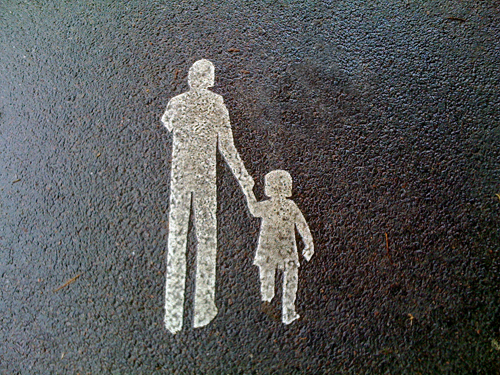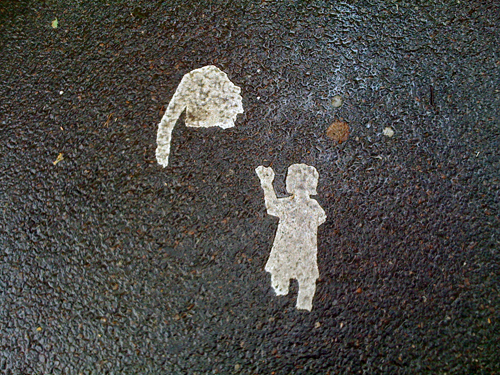Long Richard Price interview in The Guardian on Saturday talking about his new novel Lush Life about the Lower East Side. Loved this quote from the book – a kind of machinic tracking-shot of an intro, in which both he and the characters seem to be scanning the landscape searching for a story, which is followed by a paragraph of his discussing it.
“Restless, they finally pull out to honeycomb the narrow streets for an hour of endless tight right turns: falafel joint, jazz joint, gyro joint, corner. Schoolyard, crêperie, realtor, corner. Tenement, tenement, tenement museum, corner. Pink Pony, Blind Tiger, muffin boutique, corner. Sex shop, tea shop, synagogue, corner. Boulangerie, bar, hat boutique, corner. Iglesia, gelateria, matzo shop, corner. Bollywood, Buddha, botanica, corner. Leather outlet, leather outlet, leather outlet, corner. Bar, school, bar, school, People’s Park, corner. Tyson mural, Celia Cruz mural, Lady Di mural, corner. Bling shop, barbershop, car service, corner. And then finally, on a sooty stretch of Eldridge, something with potential: a weary-faced Fujianese in a thin Members Only windbreaker, cigarette hanging, plastic bags dangling from crooked fingers like full waterbuckets, trudging up the dark, narrow street followed by a limping black kid half a block behind.”
I actually don’t like to write so I have to work myself up. This was me trying to get something going about these cops riding round the Lower East Side in a bogus taxi. I wanted this quality of them making right turn after right turn for hours on end all night, so I started this incantatory chant of the properties they were passing. And reading it back it seemed to say something about what this place was and what it had once been. Sometimes you have to jump up and down on a motorcycle pedal 10 times. This was the moment when it caught and it became like an overture to the book.
*
Meanwhile I am working on my own rather different intro/tracking shot. This from a draft of a text I’m writing right now for a forthcoming catalgue/book about the National Review of Live Art.
It was the National Review of Live Art, in Glasgow but the exact year escapes me, but for sure a time where the entire contingent of the festival – artists, technicians and a good part of the travelling audience – were lodged in some Hotel on the Central Station itself. The row of late nights and blurred mornings we spent there, entangled with artists and otherwise were made stranger still by the fact that the hotels’ other large (probably largest) contingent of guests were the massed and often fully-costumed delegates of a Star Trek convention taking place right there, in the unlikely environs of the ballroom and other conference facilities. The combination of the Star Treks and the contemporary performance crowd made for a vivid meeting ground. Klingons in the elevator. Body pierced artists and a scattering of dancers in the foyer. Uhuru, Spock, some guy from a festival in Krakow and an assortment of Kirks all drunk at the bar. I don’t know what was stranger – the confrontation I had over three days with that years NRLA art, in all of its tremendous beauty, confusion and glory, or the encounter I had in a long empty and dimly lit corridor with a lone guy in a Star Fleet uniform, head down and running zig-zag towards me, a pretty crazed look on his face and a replica Phaser strapped ready and waiting to his thigh. It was 3am more or less. I don’t know what perils he ran from, or who or what exactly he sought as went past me at speed in the corridor, then crashed the door to the service stairs heading down, but the smell and the friction from the faint wind of sweat and lager as he went past will certainly stay with me. I’m thinking worlds passing close to each other, not quite touching. It is years later now. The hotel is gone I guess, or more likely stripped, gutted re-furbed and franchised to fuck. There will be no more barefoot dancers in the elevators, that much is for sure. No more artists asleep in the bar or yelling from those windows, as loud as the trains.

